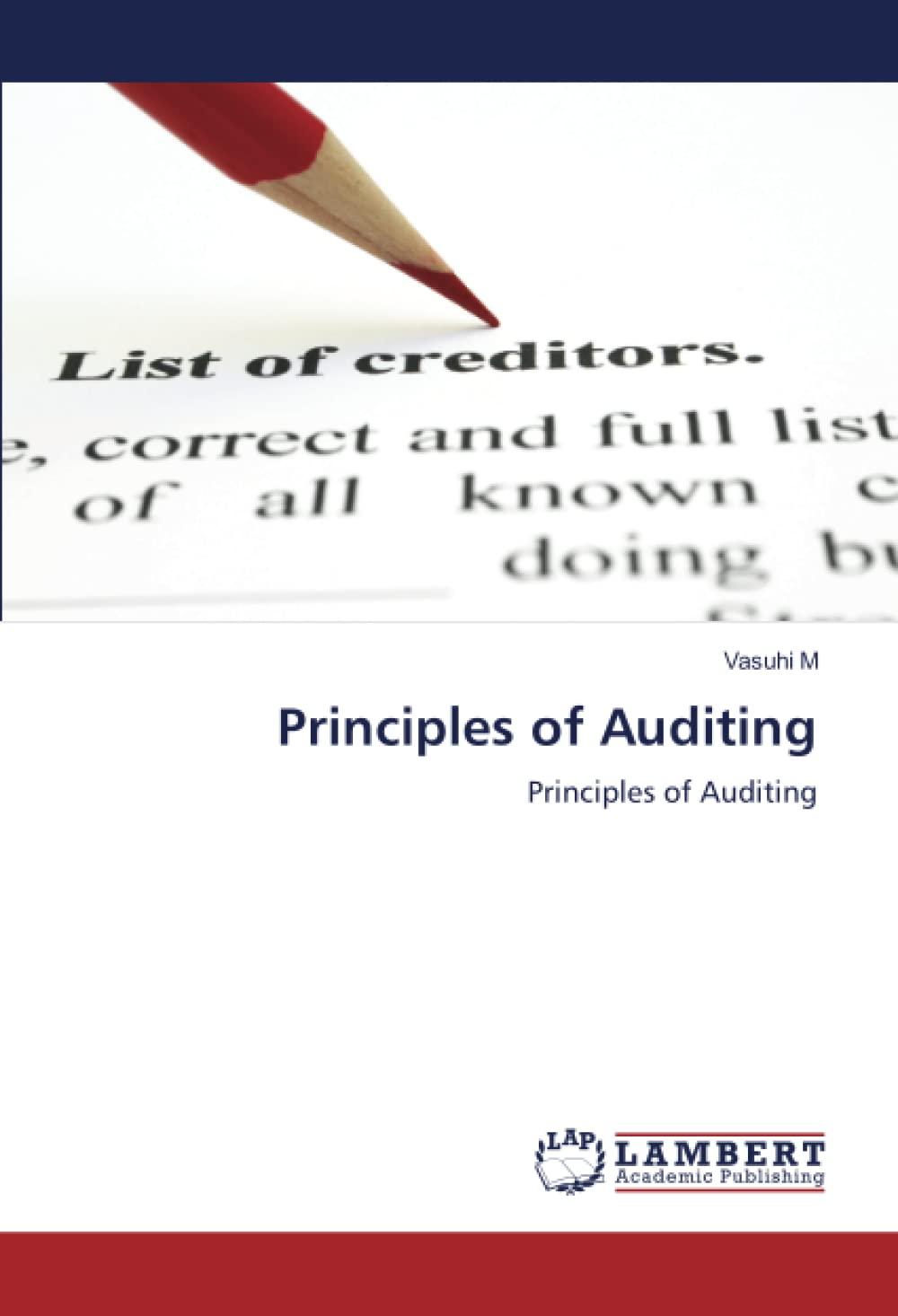Question
Imagine that you have just started working at Heartland Watches, a manufacturer of womens wristwatches. Heartland Watches was founded by John A.F. Whitney in 1974
Imagine that you have just started working at Heartland Watches, a manufacturer of womens wristwatches. Heartland Watches was founded by John A.F. Whitney in 1974 in Kansas. After John Whitneys passing in 1992, his eldest daughter Marianne Whitney served as the companys president. Following is the income statement of Heartland Watches for the last fiscal year.
| Heartland Watches | |
| Income Statement for the Year Ended December 31, 2016 | |
| Sales | $40,000,000 |
| Less: Cost of goods sold | $22,000,000 |
| Gross Margin | $18,000,000 |
| Less: Selling and administrative expenses | $15,000,000 |
| Net Income | $3,000,000 |
Heartland Watches had manufactured 2 million watches, which had been sold to various department stores. At the start of 2017, the president, Marianne Whitney, unexpectedly decided to hike the Pacific Crest Trial following a difficult divorce. Her younger sister, Jodie Velasquez, became the new president. Jodie had worked for 15 years in the marketing department of the business. She knew very little about accounting and manufacturing, which were her sisters strengths. Jodie has several questions, including inquiries about pricing of special orders.
Requirement 1 (2 points):
To prepare better answers, you decide to convert the traditional income statement shown into a Contribution Format Income Statement. Total variable manufacturing cost was $18 million. Total variable selling and administrative expenses, which were mostly sales commissions, shipping expenses, and advertising allowances paid to customers based on units sold, were $9 million.
Prepare the revised Contribution Format Income Statement.
Requirement 2 (2 points):
Jodie asks, I cant understand financial statements until I know the meaning of various terms. In scanning my sisters assorted notes, I found the following pertaining to both total and unit costs: product costs, variable costs, gross margin, and contribution margin. Using our data for 2016, please give me a list of these costs showing both their totals, and their per-unit amounts.
Complete the following table for Jodie, including your calculations:
|
| Total | Per Unit |
| Product Costs |
|
|
| Variable Costs |
|
|
| Gross Margin |
|
|
| Contribution Margin |
|
|
Requirement 3 (3 points):
She also says, Near the end of 2016, I brought in a special order from Target for 100,000 watches at $16 each. I said Id accept a flat $20,000 sales commission instead of the usual 6% of selling price, but my sister refused the order. She usually upheld a relatively rigid pricing policy, saying that it was bad business to accept orders that did not at least generate full manufacturing cost plus 80% of full manufacturing cost.
That policy bothered me. We had idle capacity. The way I figured, our manufacturing costs would go up by 100,000 x $11 = $1,100,000, but our selling and administrative expenses would go up by only $20,000. That would mean additional operating income of 100,000 x ($16 - $11) minus $20,000, or $500,000 minus $20,000, or $480,000. Thats too much money to give up just to maintain a general pricing policy. Was my analysis of the impact on operating income correct? If not, please show me the correct additional operating income.
Prepare a memo for Jodie summarizing your response. This memo must be no more than 1-page long, single spaced, size 12 font. Note that you may be able to answer the question is significantly less space. Answers must include supporting calculations to receive credit.
Requirement 4 (3 points):
After receiving the explanations offered in Requirement 2 and 3, Jodie said, Forget that I had the Target order. I had an even bigger order from Lands End. It was for 500,000 units and would have filled the plant completely. I told my sister Id settle for no commission. There would have been no selling and administrative costs whatsoever because Lands End would pay for the shipping and would not get any advertising allowances.
Lands End offered $8.70 per unit. Our fixed manufacturing costs would have been spread over 2.5 million instead of 2 million units. Wouldnt it have advantageous to accept the order? Our old fixed manufacturing costs were $2.00 per unit. The added volume would reduce the cost more than our loss on our variable costs per unit. Am I correct? What would have been the impact on total operating income if we had accepted the order?
Prepare a memo for Jodie summarizing your response. This memo must be no more than 1-page long, single spaced, size 12 font. Note that you may be able to answer the question is significantly less space. Answers must include supporting calculations to receive credit.
Step by Step Solution
There are 3 Steps involved in it
Step: 1

Get Instant Access to Expert-Tailored Solutions
See step-by-step solutions with expert insights and AI powered tools for academic success
Step: 2

Step: 3

Ace Your Homework with AI
Get the answers you need in no time with our AI-driven, step-by-step assistance
Get Started


